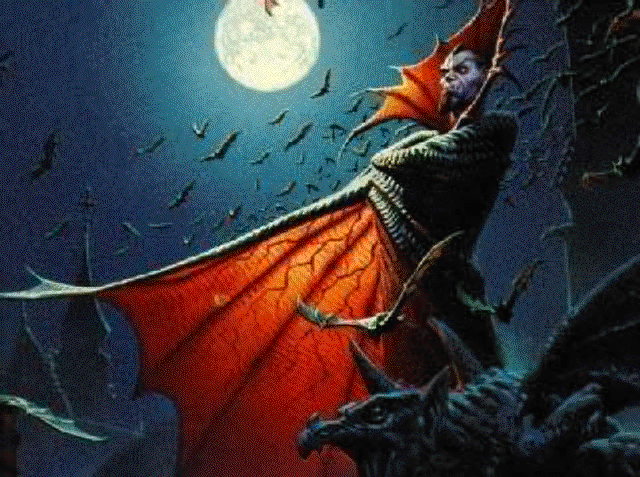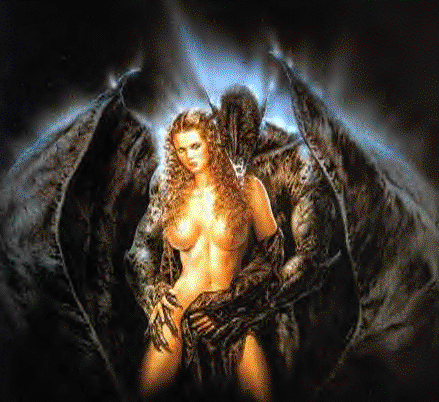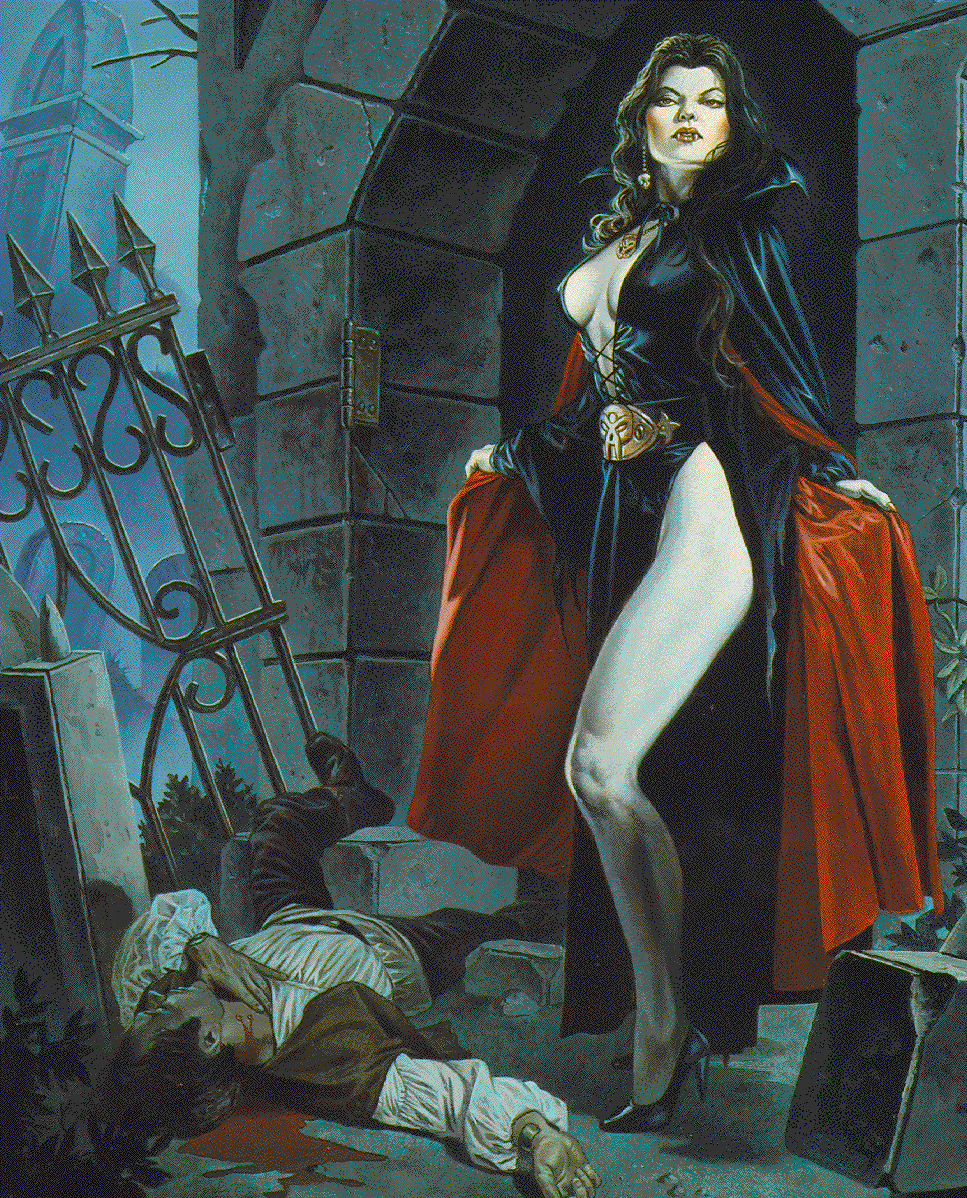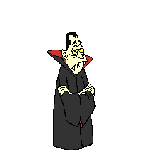VAMPIRES

The legend of the Vampire is that of an undead monstrosity that rises from it's grave at night to drain the blood of the living to keep itself "alive". The vampire's bite can infect a victim causing them to rise from the grave three days after their death as vampires as well. Vampires are generally defined by three categories: Folklore, Fictional and Modern vampirism. Each type of vampirism differ from each other by appearance, behavior and even defination. Folklore depicts vampires more as spirits or ghosts residing in the corpse of the deceased. Little mention is made about vampires sucking the blood of their victims. Fiction depicts vampires as an animated corpse that sucks the blood of its prey. This is the most common vampires that most people

The fictional vampire was first made popular by John Polidori's The Vampyre in 1816. The main character of the short story Lord Ruthven, was supposedly styled around on the poet Lord Byron. It was rumoured at that time that Lord Byron murdered his mistress and drank her blood from a cup that was made from her skull. The image of the aristocratic vampire began to take over the image of the vampires of folklore in the people's mind. The greatest vampire novel ever written is without any doubt, Bram Stoker's Dracula published in 1897. Dracula was based on Vlad Dracul, Prince of Wallachia from 1456 to 1476. It was said that Bram Stoker had written the novel after having a nightmare about Prince Vlad rising from his grave in 1890. Dracula was reincarnated many times in stage plays and movies, setting the standards for the fictional vampire even until today.



